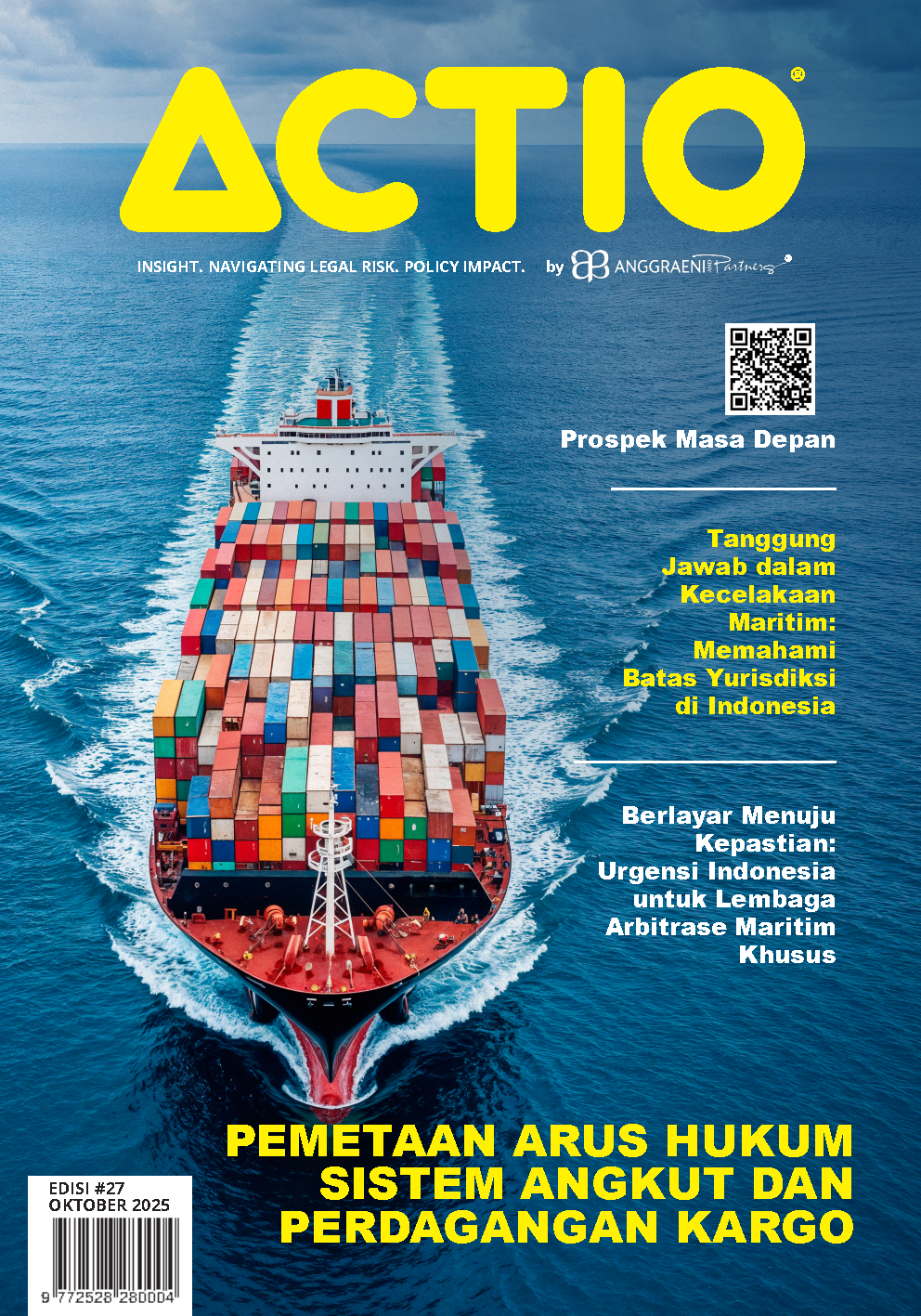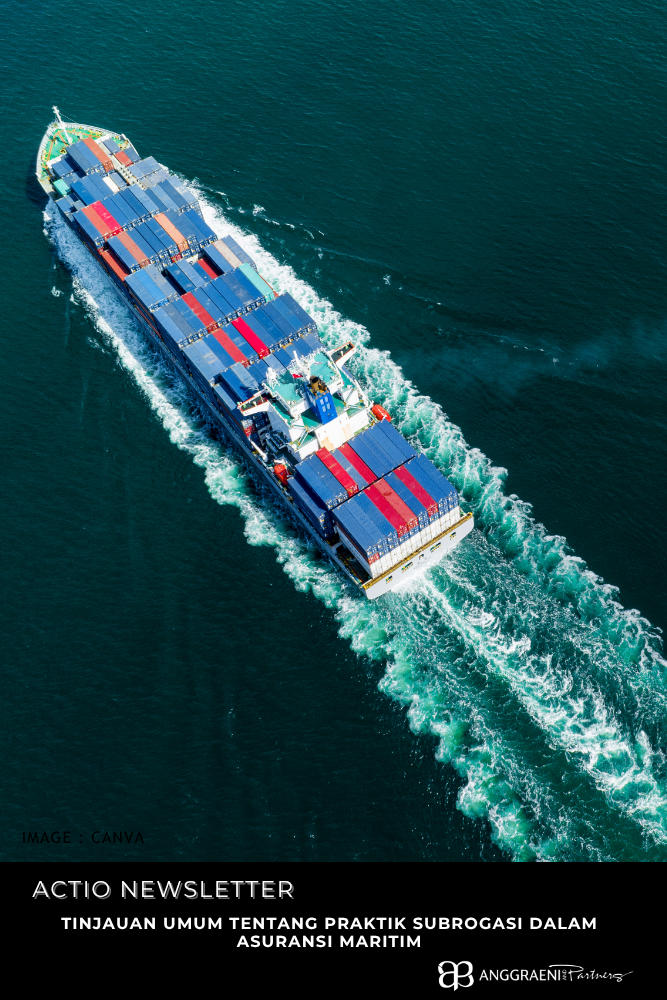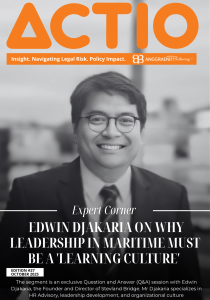Organizational Leadership in Indonesia’s Maritime Transformation
An Interview with Edwin Djakaria, Founder & Director of Stevland Bridge
Introduction
Edwin Djakaria, Founder and Director of Stevland Bridge, is an expert in HR Advisory, leadership development, and organizational culture. In this exclusive Q&A, Mr Djakaria provides insights on the readiness of Indonesian maritime organizations, particularly concerning human capital and leadership competencies, as the nation pursues its Global Maritime Fulcrum (GMF) vision. He discusses the necessary strategic shifts required to navigate global trends such as decarbonization, the rise of opaque shipping practices, and the need for specialized dispute resolution mechanisms.
Q1: Utilizing Technology and Focus on High-Capacity Performers or Talents
How can maritime organizations effectively use skills mapping and corporate university alignment to ensure their workforce is prepared for emerging technologies like AI, blockchain for real-time data sharing, and other operational, compliance, and technical advancements?
Mr Djakaria: Organizations should use skills mapping as a tool to analyse the gap between future requirements (spanning both technology and legal aspects) and their current capabilities. To be effective, they must be honest and realistic in this assessment. Although many interesting advancements exist, they need to determine if they genuinely require that specific capability right now.
Skills mapping must be used to prioritize which capabilities need development first. For instance, compliance must be prioritised over the adoption of advanced AI, as non-compliance can disrupt operations or even endanger safety. Once the priorities are clear, they should be implemented into the existing curriculum within the corporate university.
Q2: Building a Strong Internal Culture of Compliance
Given your experience, generally, how can maritime companies strategically embed a strong internal culture of compliance to mitigate their exposure to high-risk issues?
Mr Djakaria: Firstly, I note that sanctions need to be approached wisely, as they are often laden with the interests of major states and may not necessarily be fair. We must strive toward global maritime regulation that is fairer for all parties.
To build an internal culture of compliance, three key elements need encouragement:
1. Clarifying (Klarifikasi): The organization must clearly explain the rules of the game. This includes clarifying what discipline means and why compliance is necessary, ensuring everyone understands the objective.
2. Role Model (Panutan): Leadership, particularly at the top level, must serve as an example of the desired behaviour. When high-risk issues arise, leaders must demonstrate integrity and adherence to the rules.
3. Reward and Punishment (Penghargaan dan Konsekuensi): Appreciate those who comply with the rules, perhaps through bonuses or awards. Subsequently, set clear consequences or give warnings for those who do not comply.
It is important to remember that we cannot put importance to every internal rule. Organizations must determine which cultural aspects are truly critical and non-negotiable so that appropriately important rules can then be enforced sharply.
Q3: Organizational Structure and Compliance
In driving talent and leadership management processes, what organizational structures can be implemented to ensure that compliance is viewed as a strategic business imperative, rather than just a legal constraint?
Mr Djakaria: This relates closely to the previous point. We need to articulate why compliance is important for the business, beyond merely being a legal obligation. The easiest and safest way to implement this is by integrating the element of compliance into the Performance Management system—specifically, by making it a Key Performance Indicator (KPI).
If compliance is only a suggestion, people will not take it seriously. But if it is included in their KPI, it will be evaluated at the end of the year and will influence their overall performance assessment.
Q4: The Single Most Critical Strategic Piece of Advice
As a consultant, what is the single most critical strategic piece of advice you would give to Indonesian maritime leaders regarding their organizational structure and talent pipeline?
Mr Djakaria: If I must choose only one, my advice is to build a learning culture. This must be the main focus of the organization. The key to navigating all our discussions—new regulations, AI, and technology—is the willingness to constantly learn.
The people within the organization must always be willing to try and proactively learn new things. If they are not, we will be left behind by the times. This learning culture should not be limited to the C-level or managers, but must apply to everyone, from the top down.
Download ACTIO Full magazine in www.ap-lawsolution.com



